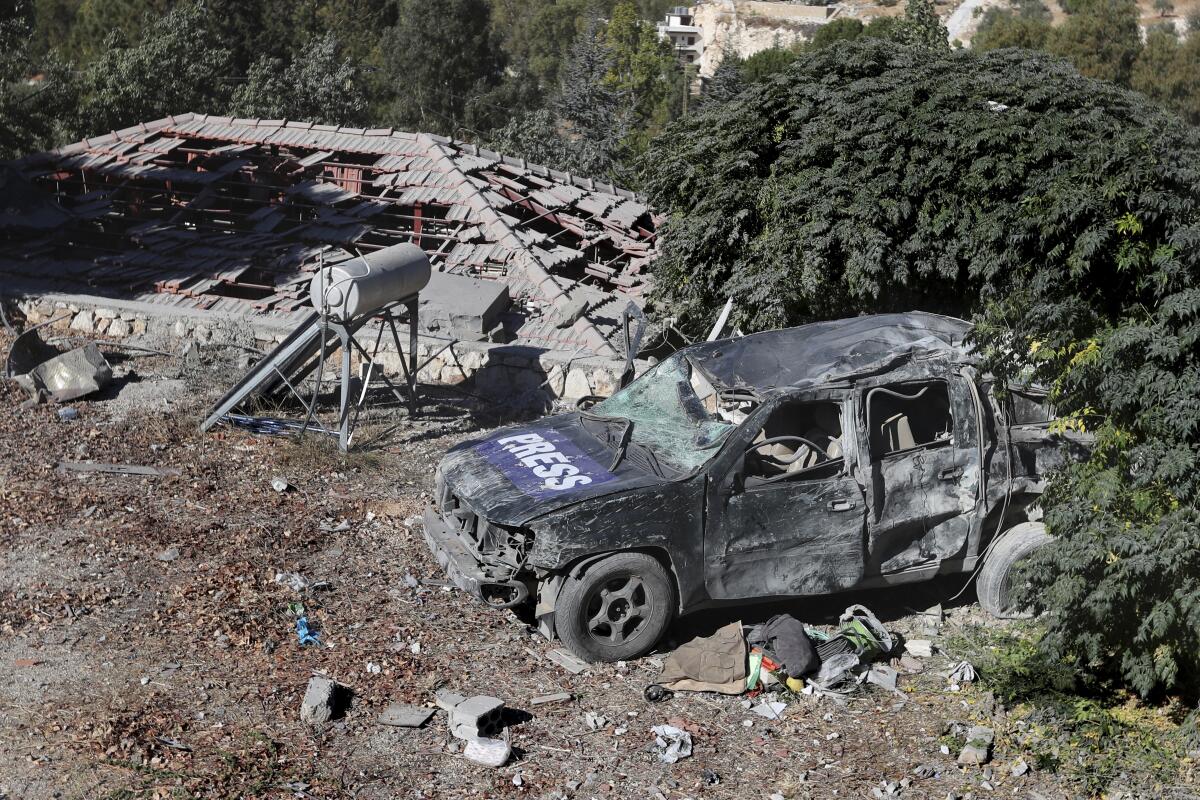ARTICLE AD BOX
Graffiti painted by a shepherd in ancient Greece has helped archaeologists unravel an ancient mystery about the history of Athens' famous Acropolis.
The Parthenon Temple is a world-famous archaeological site, with millions visiting the temple located on the rocky hill of Athens every year.
However, archaeologists have long debated whether temples existed on the Acropolis long before the Parthenon.
Now, scientists have found graffiti drawn by a shepherd named Mycon who lived in the sixth century BC, depicting a temple on the Acropolis that preceded the Parthenon.
By signing his drawing using specific alphabets, Micon allowed the graffiti to be dated.
Archaeologists say that the version of the Greek alphabet he used is very old, indicating that the drawing was made as early as the sixth century BC.
They explained: “The drawing must be at least fifty years older than the Parthenon, which began around 450 BC.”
In the middle of a marble outcrop about 20 km (12 miles) southeast of Athens, archaeologists found an area covered in more than 2,000 drawings likely made by sheep and goat herders.
Among these drawings, the “Mikon” graffiti highlights a large temple building complete with columns and steps.
This graffiti is decades older than the Parthenon, according to the study published by the American Journal of Archeology.
Scientists suspect that there may be ancient temples older than the Parthenon on the Acropolis.
It is known that the Persian invasion in 480 BC destroyed the buildings erected on the Acropolis in Athens at that time. Ancient Greek documents dating back to before the Persian attack also refer to several structures in the area.
One such document refers to the so-called "Hecatompedon" on the Acropolis, a building that was used for the somewhat mysterious purpose of "storing treasure."
While this has provided some clues about the features of the missing building, its exact nature has been a matter of debate.
Some believed that the "Hecatompedon" mentioned in the decree was most likely a temple, while others believed that it must have been an open courtyard.
Finally, Mikon's graffiti clarifies this debate. Since Mikon called his drawing of the temple “Hecatompedon,” this means that the term in the documents also refers to the temple.
“In summary, the Mekon Writings are a unique document from the second half of the sixth century BC depicting a colonnaded building, supposedly a temple, called Hecatompedon,” the archaeologists said.
They added: "In particular, it reinforces the view that this term refers to a temple, with a possible, though uncertain, location on the southern side of the Acropolis dating back to the Archaic period."
Research also indicates that pastoralists during this period were rather educated, contrary to what is believed.
Mykon's drawing is also the oldest known testimony to the architecture of the Acropolis, and is also evidence that even a small scribble written by ordinary people in an ancient civilization can help reveal the secrets of ancient sites.
.png)
 5 months ago
2
5 months ago
2









 English (US)
English (US)